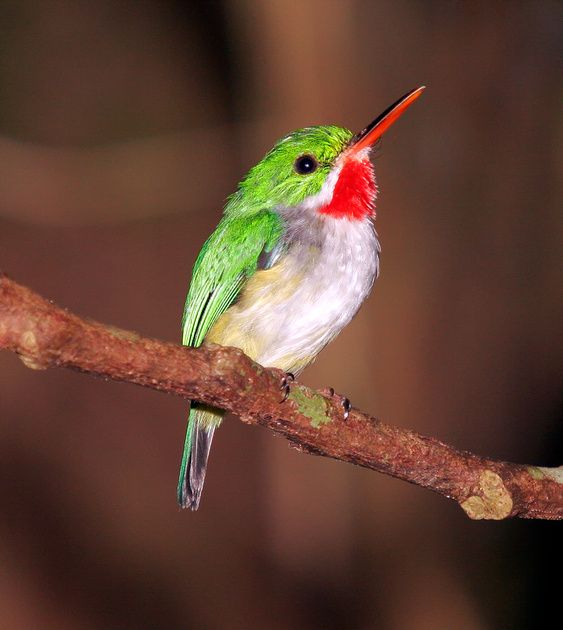The gentoo penguin (Pygoscelis papua) is a penguin species in the genus Pygoscelis, most closely related to the Adélie penguin and the chinstrap penguin. The earliest scientific description was made in 1781 by Johann Reinhold Forster with a type locality in the Falkland Islands. Gentoo penguins have orange-red bills and feet that set them apart from their close relatives, the Adélies and chinstraps. Gentoos also have a white “cap” extending from eye to eye over the top of their heads. 61 to 76 cm (24 to 30 in.) 5.5 to 6.4 kg (12 to 14 lbs.) Gentoo penguins are diurnal and social birds, breeding in colonies and remaining together for the rest of the year. They typically live and breed in the same areas. Gentoos are very shy and do not tend to defend their territories. When encountering a predator, they will simply retreat. Gentoo penguins are native to sub-Antarctic islands where chilly temperatures allow for ideal breeding, foraging and nesting conditions. Despite living in cold climates, gentoo penguins typically live in ice-free areas like flat, rocky beaches and low-lying cliffs where large colonies of individuals can gather. Gentoo penguins are opportunistic hunters. Their diet is quite diverse and varies with season and location. They usually eat a mix of crustaceans, small fishes and squid. Predators of gentoo penguins include other birds and sea animals. In the sea, leopard seals, sea lions and killer whales are all predators of the gentoo. On land, no predators of full-grown, healthy gentoo penguins exist. Skuas and giant petrels regularly kill many chicks and steal eggs; petrels kill injured and sick adult gentoos. Gentoo penguins communicate with each other through a squawking vocalization. These calls typically are higher pitched and louder in males. Here is a link so you can hear this penguin too.
These are getting ready for an album cover
💀💀💀
I use Gentoo Linux, btw
So its your lucky day!!!



